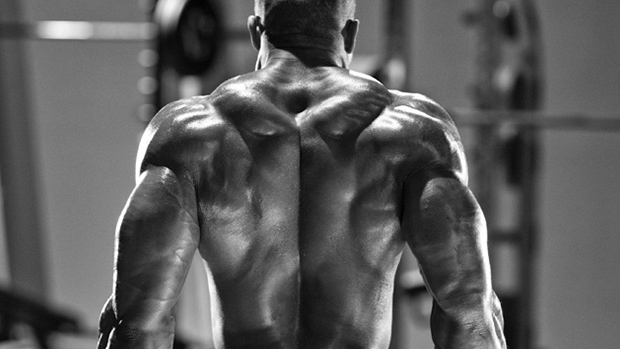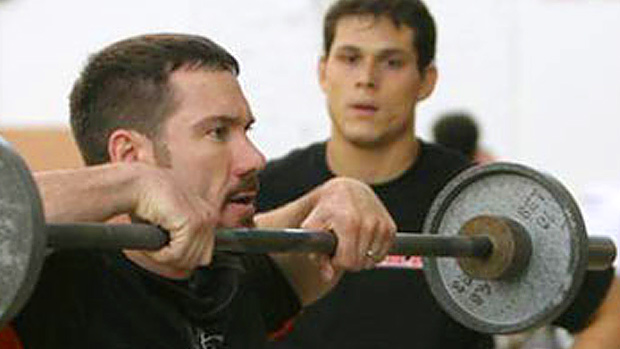Ask most lifters where their traps are and they'll point to the chunks of muscle between their neck and shoulders. But that's like saying the U.S.A. makes up all of North America. It's only partially correct.

The trapezius actually originates at the base of the skull, runs down the upper and mid-back area, and runs width-wise to cover both scapulae. To get a better mental image: If the traps were on the front of your body, they'd start near your mouth, go down your neck and across both front delts, cover most of both pecs and some of your upper abs.
And you think some simple barbell shrugs are enough to hit that big of a muscle? Wrong. A muscle that covers that much space and crosses multiple joints will never be efficiently trained with one exercise.
Specifically, because the lower traps cross over the upper back and scapulae, they need to be trained with a horizontal motion compared to vertical shrugs that primarily hit the upper traps. And because one main function of the scapulothoracic joint is to stabilize the upper body and control posture, specifically training it for that purpose is the best way to achieve joint health and strength, which is often the foundation of size training.
Do the Face Pull

One of the best ways to achieve that level of stability is to work the lower traps with paused reps, longer contractions, or a general increase in time under tension. For the next few weeks, start every back and shoulder workout with face pulls for 2-3 sets of 8-10 reps.
To really get the most out of it, have the cable pulley set at eye-level or a bit higher so the movement is slightly downwards which will further minimize upper trap involvement.
Exaggerate the movement of the scapulas on the stretch and hold each peak contraction for 3-5 seconds. This makes it especially effective in drilling that static strength, endurance, and stability.
Oh, and don't be surprised if that minor shoulder pain you've been trying to ignore suddenly goes away, thanks to a stronger and healthier upper back.




